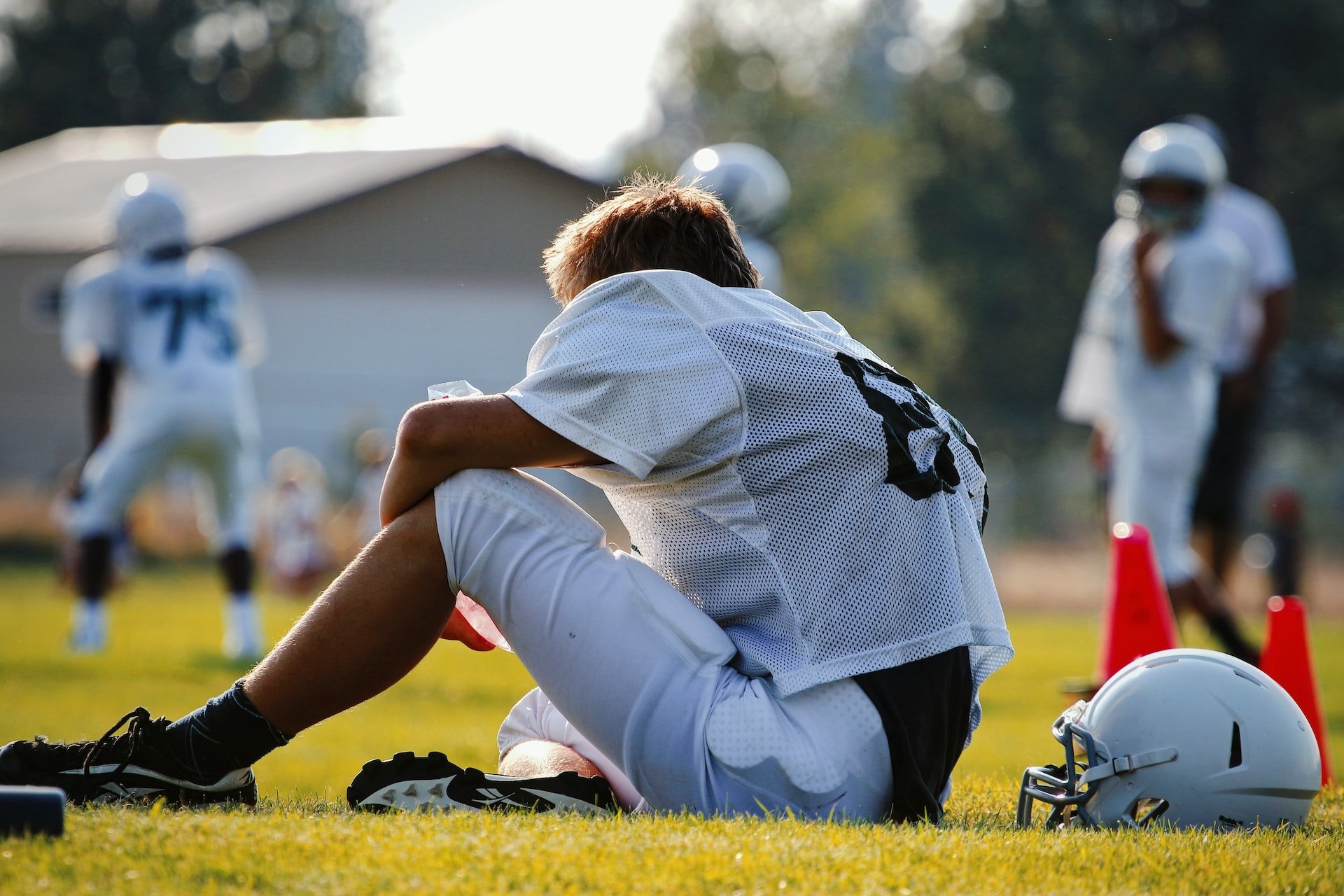Many children in the United States are actively involved in competitive sports from a young age. In many ways, this can be a good thing. Working as part of a team encourages children to collaborate with one another, develop an understanding of their own strengths and weaknesses, and stay fit throughout the year. However, excessive year-round sports training can have consequences. In this article, we discuss some of the known injury risks associated with “early youth sport specialization.”
What is Early Youth Sport Specialization?
The National Strength and Conditioning Association (NSCA) defines early sport specialization as “intense year-round training in a specific sport with the exclusion of other sports at a young age.” Early sport specialization centers around the concept that many years of experience is required to gain mastery of any single activity, including athletic skills and competitive sports. Under this theory, children must begin practicing at a young age to develop the skills and physique required to excel at their chosen sport.
Injury Risks Associated With Early Sport Specialization
Any athlete assumes some measure of injury risk when performing their sport, regardless of how skilled or well-trained they are. Even young children are not immune to sports-related injuries. Young athletes are still growing, with constant changes to their height, weight, and muscle mass occurring throughout the year. These physical changes can result in additional stress on connective tissue and joints, which can increase the injury risks of repeated microtraumas.
A child’s muscles, tendons, and bones may be more vulnerable to damage than those of an adult. Furthermore, an injury that may be relatively minor to an experienced adult athlete could cause permanent harm to a developing child. Youth contact sports such as football, hockey, and soccer have a particularly high rate of injuries. In some cases, overenthusiasm or insufficient coaching may directly result in injury. When a child suffers lasting injury due to negligent coaching or officiating, it may even be possible for their family to pursue legal action against the liable party.
In addition to physical harm, children that specialize in a single sport from a young age may be more prone to burnout and mental fatigue. The American Orthopaedic Society for Sports Medicine published a consensus statement declaring early sport specialization prior to the age of twelve to be “detrimental.” So far, there is no agreement regarding what age is best for young athletes to pursue excellence in a single athletic endeavor.
Are There Alternatives to Early Sport Specialization?
Playing sports can be beneficial for children, as it keeps them physically active and teaches them the benefits of teamwork. Kids shouldn’t be dissuaded from playing sports, particularly if that is something that they enjoy. Therefore, one possible alternative to early sport specialization is diversification, where a child plays multiple sports instead of zeroing in on a single one for a whole year.
By playing multiple sports, the chances of a child experiencing an overuse injury are significantly reduced. For example, if a child spends half of the year playing baseball and the other half playing soccer, their chances of experiencing an arm or shoulder injury from repetitive throwing around a baseball are much lower than someone who plays the sport year-round. Providing rest from repetitive motions that place stress on the body can help youth athletes stay healthy.
Reducing Injuries in Youth Sports
Coaches, parents, and youth athletes must all be involved in order to reduce the risk of experiencing a significant sports injury. By properly explaining potential dangers and stressing the importance of injury prevention, role models and team leaders can help youth athletes protect themselves from unnecessary harm. Some tactics that can effectively protect youth athletes include:
- Scheduling pre-season physical checkups: At the start of a season, schedule a visit with your child’s pediatrician or family doctor to make sure they are in good health. Discuss any concerns you have or relevant medical background that could increase your child’s risk of injury.
- Talking with your child’s coach: If your child has been hurt before or has any medical condition that may impact their ability to play a sport, meet with their coach to discuss these conditions.
- Allowing time for warmups: Athletes of all ages and skill levels should always stretch and warm up before a game or practice.
- Preventing overuse: Youth athletes should take at least one or two days off a week to prevent avoidable overuse injuries.
- Prioritizing hydration: Many people consider dehydration a minor nuisance, but it can actually significantly increase an athlete’s chances of experiencing a muscle tear, muscle sprain, or bone fracture.
- Using properly-fitted protective gear: Children should always wear proper protective gear for their sport. Verify that your child’s equipment fits properly, as loose-fitting gear may not serve to protect them from injury.
Balancing Youth Sports and Injury Risks
Staying physically active can be extremely beneficial for children, and the risk of injury should not dissuade you from letting your kid play a sport they enjoy. At the same time, it’s worth taking precautions to prevent serious injury and keep your child in good health throughout the year. Hopefully this article helps you and your child enjoy many productive, safe sports seasons over the years to come!




